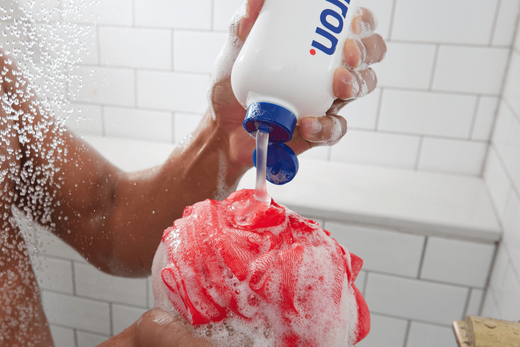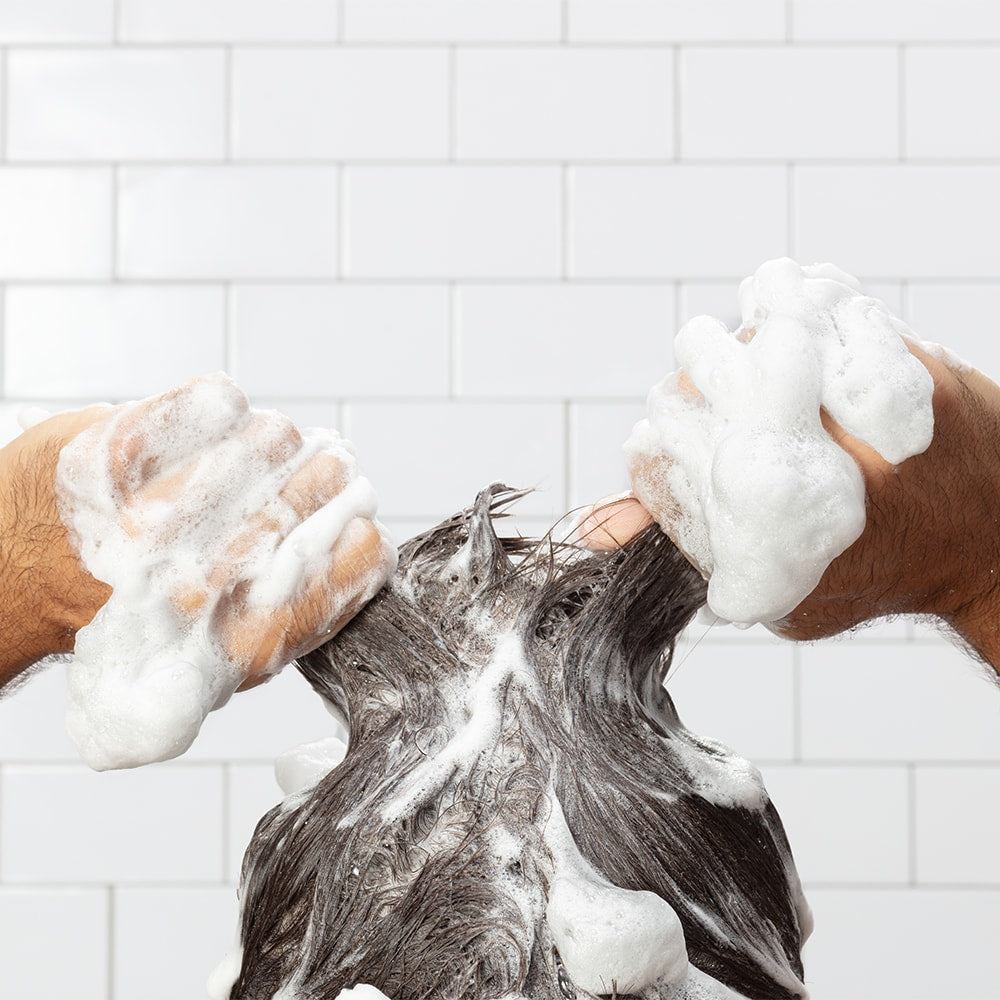It’s a tale (almost) as old as time itself. Bar soap has been around for 5,000 years, dating back to the earliest known recipes originating out of Mesopotamia. So we set ourselves on a mission to raise the bar on this timeless classic…but how?
THE CHEMISTRY IN SOAP
As you can imagine, the modern bar soap is nothing like the millennia old bars, which were made up of tallow, or animal fats, and wood ash (anyone else suddenly in the mood for a bbq?). But the general science is the same. The slipperiness of soap lowers the surface tension of the water. Rubbing your hands together while scrubbing up allows dirt to temporarily bond with the water and soap and then swiftly wash away.
The same process occurs with most viruses and bacteria that might be lingering on your hands and body. Soap doesn’t kill these guys—it slips them up, lifts them from your skin, mixes them with water, and sends them down the drain. This chemical and mechanical reaction makes soap and water more effective, in general, than waterless sanitizing gels.
TRIPLE WHAT?
Bar soap may be having a renaissance, but we didn’t want to just duplicate the current operation. Traditional bar soaps can be harsh on the skin, leaving it feeling dry, stripped, and itchy. We wanted ours to leave you with an all-day soft, smooth feel -- like our skin-loving moisturizing body wash -- but in bar form. And that’s when the triple-milled process caught our eye.
Saponification, literally meaning "turning into soap", comes from the root word sapo, which is Latin for soap. It’s an exothermic chemical reaction, meaning it gives off heat, which occurs when the fats or oils come in contact with an alkaline solution. In our case, the result is a glycerine-rich soap blended with witch hazel, vitamin-rich shea butter, and coconut oil to help prevent moisture loss.
Most other soaps are made through cold pressing or cold processing, in which the hot mixture is poured into molds or sliced into shape. Since the saponification of the fats are not under controlled measurements (such as free alkali/free acid evaluation), the quality is inconsistent. The results of the final product will then vary due to lack of heat/mixing control of the reaction.
Unlike cold-pressed or cold-processed soaps, ours go through additional milling processes. The soap formula is passed through a milling machine of polished stainless-steel rollers three times, pressed into a smooth fine paste, and then finally molded into its iconic, ergonomic shape. Triple Milled Soap is consistent, refined and exacting. It contains less water and more actual soap, creating a longer lasting, harder and denser bar. This in turn eliminates cracking or brittleness.
Translation: less goop, more showers, and a richer, creamier lather.
SOLID CLEANSING
At Huron, clean is our business. From our award-winning Hair Styler, opens in a new tab to Body Wash, opens in a new tab to Shampoo, opens in a new tab, our goal is to create A+ personal care for every guy looking to clean up his act - and our new Bar Soap is no different. Die-hard bar soap fans are in for a treat, and if you haven’t been tempted in the past, what’s old is new again. But, we’re not using tallow and ash. That’s still old.





